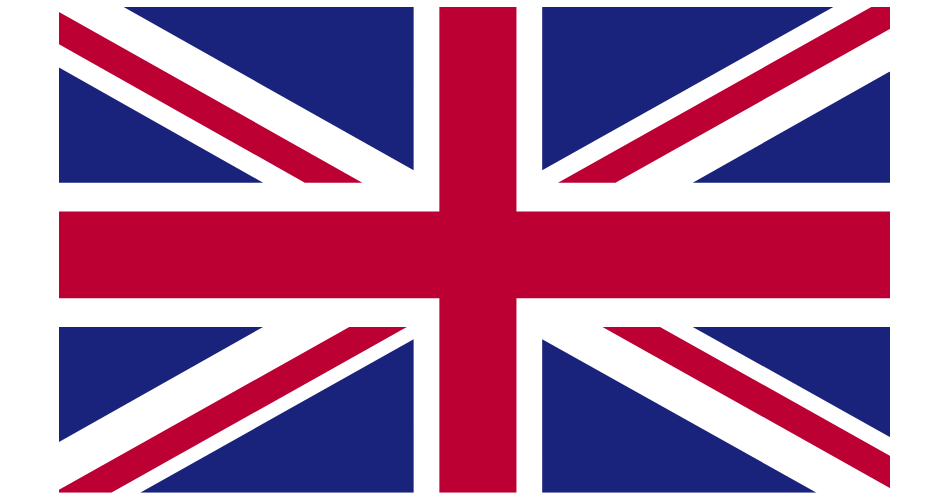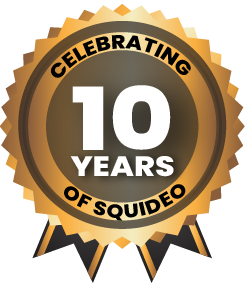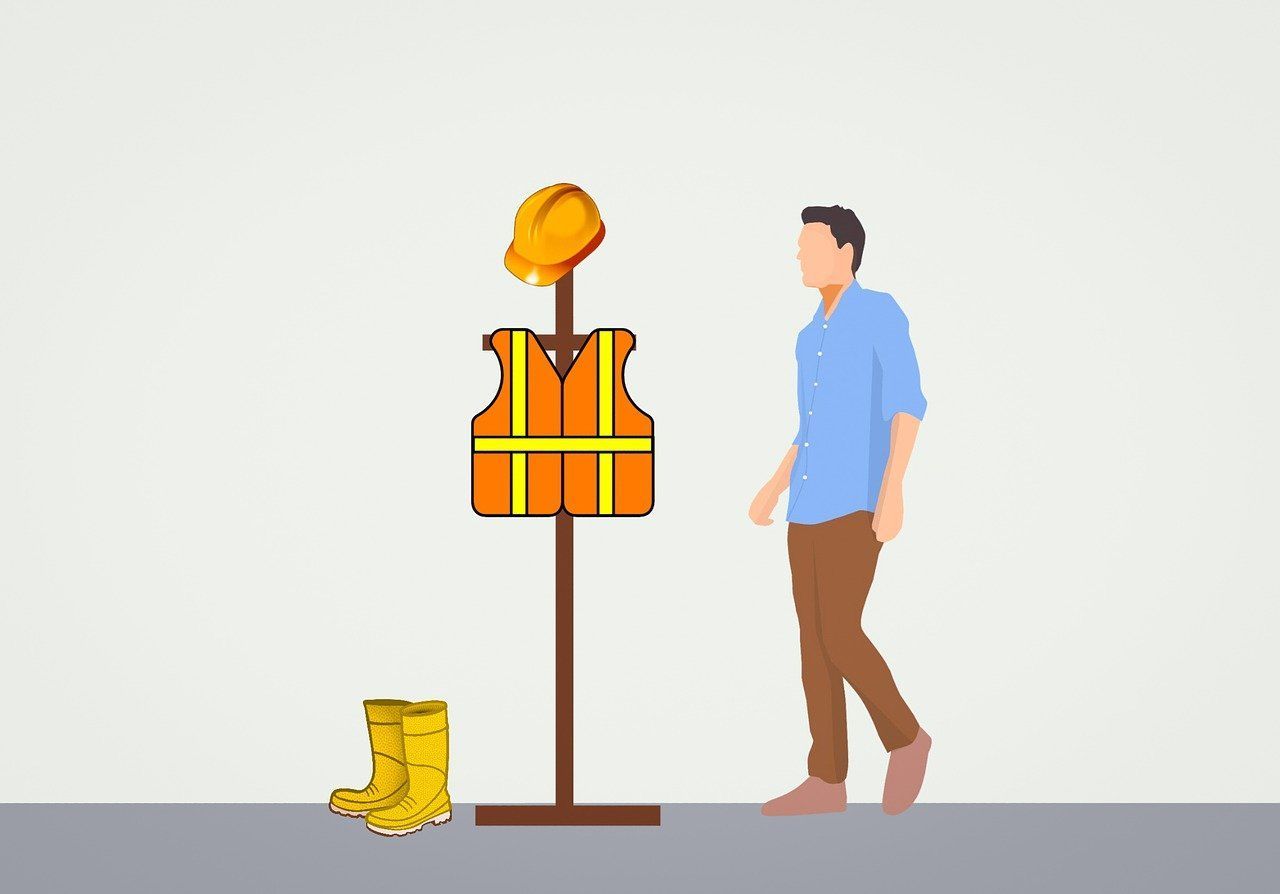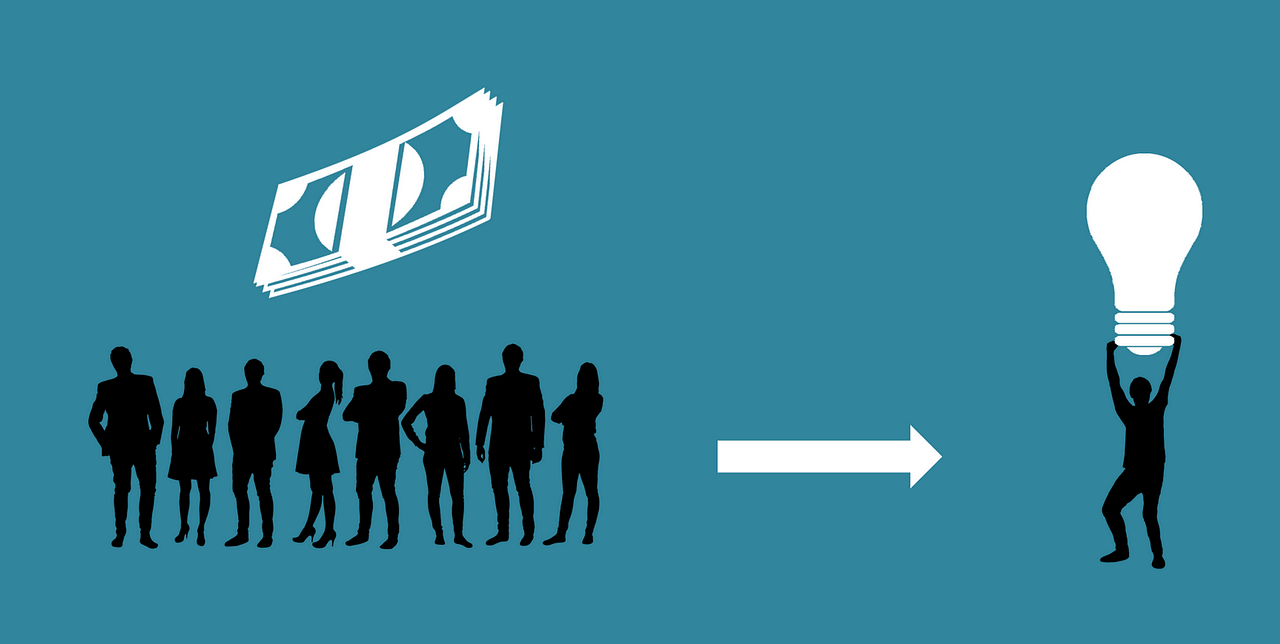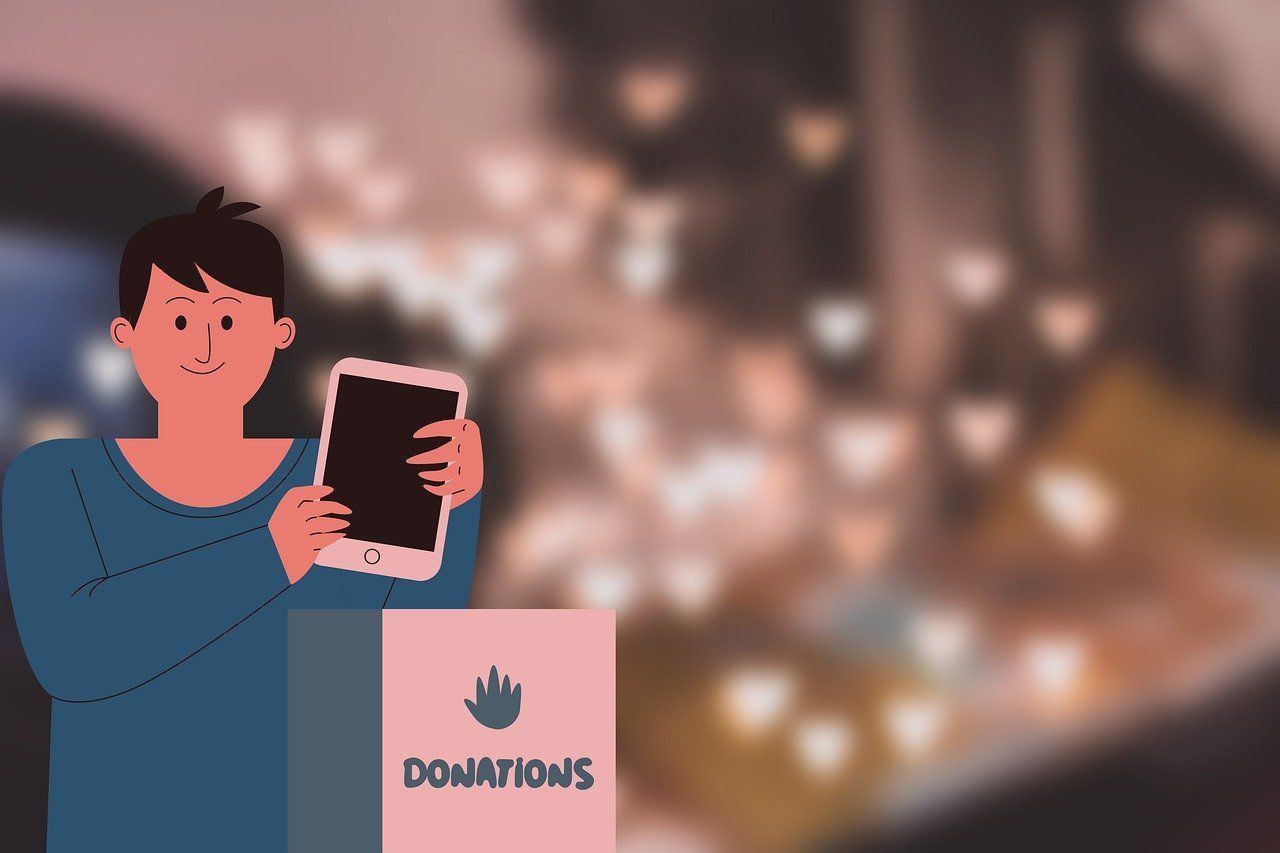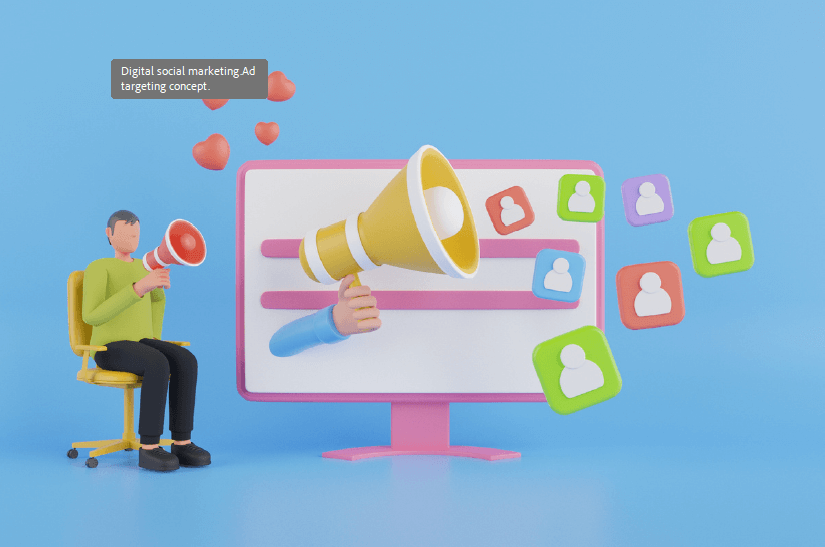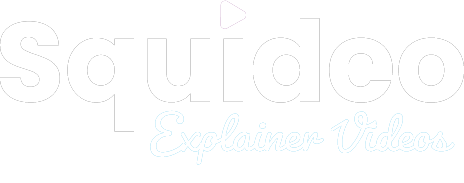Advert Alchemy: Dazzling Disney
In this series, Squideo has examined the best ways to turn advertising content into gold. Now that we’ve broken down the eight key ingredients, it’s time to dive deep into some examples of stellar advertising. This week, the advert in question was picked by Squideo’s Creative Director Hannah Bales.
When asked why this particular advert had become her favourite of all time, Hannah said: “I feel that all Disney Park ads are really impactful and meaningful. When I was growing up I remember the advert were the kid loses a balloon and chases it all over the park until he finds Mickey Mouse holding it. The duckling one is the same, it really gives me goosebumps. It’s just so cute!”
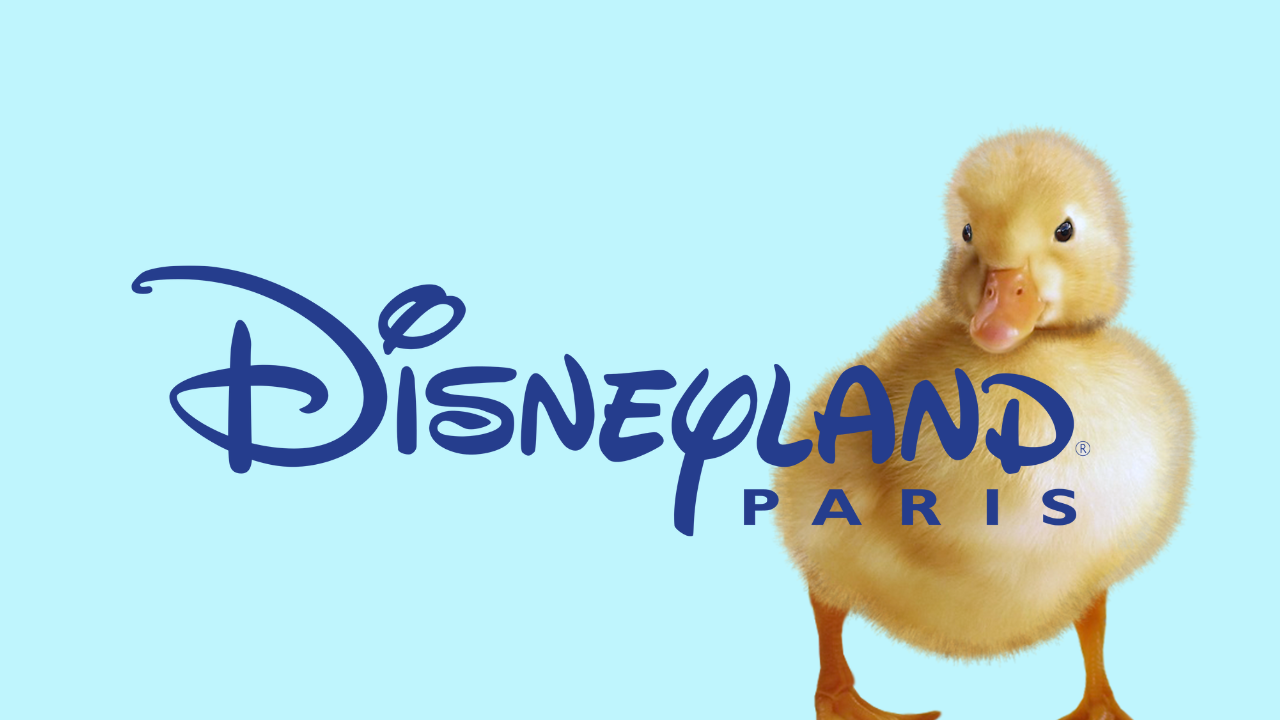
Disnetasia 1992
Disney hardly needs an introduction but let’s look into the history of Disneyland Paris. When The Little Duck was released in 2018, the amusement park had just celebrated its 25th anniversary. The European version of Disneyland had its ups and downs since it opened in 1992, with speculation in the early 2000s that it would go bankrupt. By 2022, its 30th anniversary, Disneyland Paris was the most-visited theme park in Europe – yet it has still faced financial uncertainty. In 2014, the Walt Disney Company had to issue a €1 billion bailout as the park faced mounting debts. The park needs at least 15 million visitors every year to make it sustainable, yet in some years it fell short of this goal and in others it barely scraped by.
Part of the park’s initial failure was its uncertain branding. Was it an American theme park in Europe? Would it emulate European or French culture? Before it opened, a notable theatre director, Ariane Mnouchkine, warned that EuroDisney would be akin to a “cultural Chernobyl” and the official opening was marred by protests. In the first nine weeks, almost 10 percent of staff quit. In its first year, the park recorded a $300 million loss and a $920 million loss in 1993. It didn’t turn a profit, small as it was, until 1995. To some, the park seemed doomed.
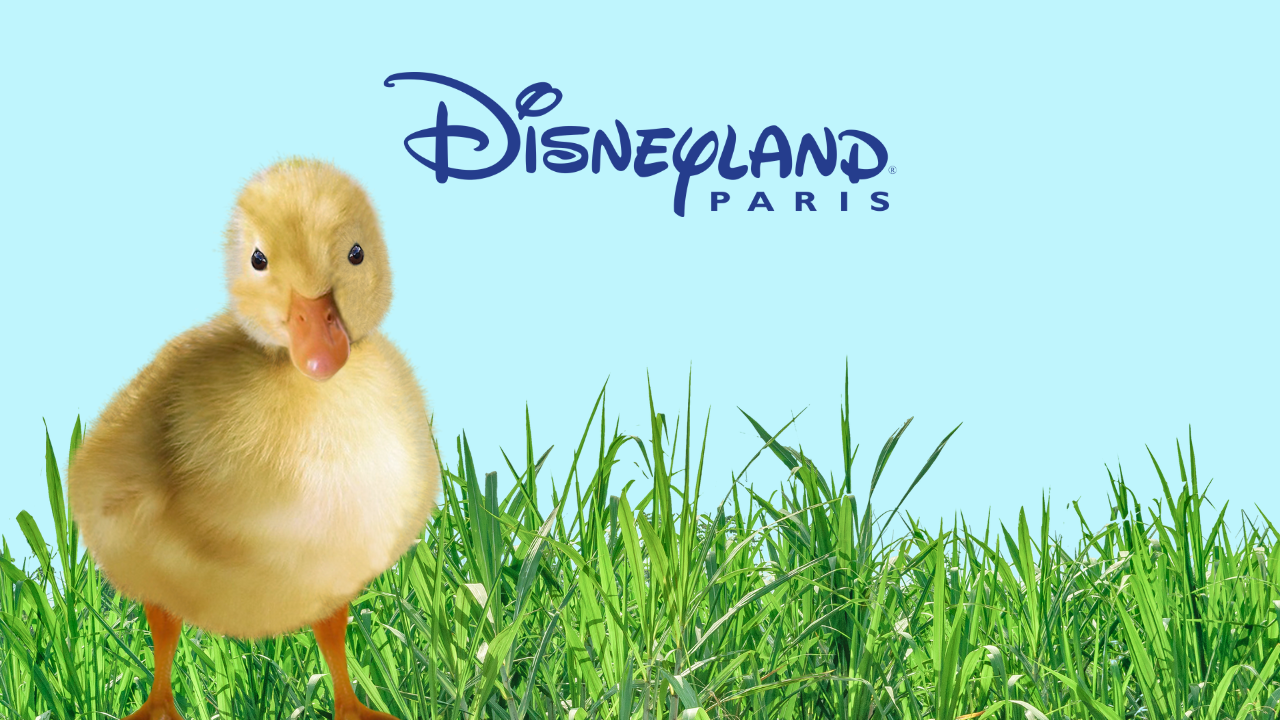
The Wise Little Disney
From this rocky start, the situation slowly improved for Disneyland Paris but its branding remained an issue. Within the first seventeen years of operation, the park changed its name five times; originally it was called the Euro Disney Resort.
Every expectation the Walt Disney Company had for the park was proved wrong, from the demand for hotel rooms, European cuisine and alcohol, to the duration of guests’ stay at the park. The name was another example of this. For American customers, Euro sounded exotic but in Europe the word was associated with currency and business.
Attendance increased after changing the park’s name and altering some aspects of the experience, but its finances remained shaky. It wasn’t until 2019, that Disneyland Paris recorded its first annual profit in eleven years. Incidentally, the year before, it ran a new advert promoting the park.
Produced by BETC, The Little Duck notably launched a new slogan for the park: Where Magic Gets Real. Described as a short film rather than an advert its accompanying press release stated:
"This film represents an evolution of the brand's communication, moving towards the sort of universal storytelling that the Disney brand embodies. The epic saga, blending together love, humour and courage, is aimed at all of those—big and small—who grew up with a Disney idol whom they still wish to meet one day. Because at Disneyland Paris, magic is for real."
Duck, Duck, Disney, Goosebumps
The Little Duck received over 4.1 million views on YouTube and was broadcast across Europe in 2018. The following year was the first that Disneyland Paris turned a profit in eleven years. 2018 was also the first year Disneyland Paris exceeded 15 million visitors in several years, although this boom was inspired by 25th Anniversary celebrations.
The impact of The Little Duck cannot be understated however, and greatly contributed to the park’s present branding. But why did The Little Duck become such a big hit?

Natural Nostalgia
The advert’s main character bears striking resemblance to The Ugly Duckling, which Disney had adapted as a short, animated film in 1939 for its Silly Symphonies series (The Ugly Duckling was the last in the series). The duckling in The Little Duck is white, unlike the typical pale yellow of a real duckling – just like the character in The Ugly Duckling. Even for audiences unfamiliar with the Disney adaptation, the fairy-tale is well known in European culture as it was originally created by Hans Christian Anderson.
Included in the video is the character mascot of Donald Duck from the park, which visitors to any Walt Disney theme park will be familiar with hugging, as well as several pages from Walt Disney's Comics and Stories. The magazine ran from 1940 and had a significant readership as one of the best-selling comic books of all time.
Nostalgia might seem like an odd trait to factor into a theme park advert, since the primary demographic targeted is children. However, when you consider the age of their parents these nostalgic tributes are a perfect way to tap into their childhood memories and encourage a trip to the place that made them: a Disney theme park.
Colourful Character
Mickey Mouse, as the principal Disney character, usually takes the lead in Disney adverts. The Little Duck, however, keeps the spotlight on another classic Disney character: Donald Duck. By breaking away from the expectation that Mickey Mouse will appear in the advert, The Little Duck became more memorable.
It also creates a distinction between the Mickey Mouse adverts that promote the American Disney theme parks, and this advert for Disneyland Paris. One of the park’s biggest issues in its early branding was how the European version differed from its American counterparts. The park replicated many successful aspects of Disneyland California and Disneyworld Florida, but failed to carve out a European image for itself. Common practices in America, like prohibiting the sale of alcohol within the park, proved unpopular in Europe. The food options were primarily American, which meant non-European visitors couldn’t sample different cuisine styles.
The brand needed to put a border between itself and American Disney; ideas could be exchanged but they should have a separate identity. Something The Little Duck accomplished when it chose Donald Duck over Mickey Mouse.
Enduring Emotion
Like Donald Duck, the duckling in the advert is anthropomorphised to create an emotional connection between the character and audience. While the duckling doesn’t talk (barring the odd quack and chirp) or wear clothes like Donald Duck, music and expressions are used to convey its hope, its sadness and its joy. The lack of a talking character or narration, of course, also makes it easier for the advert to be shown across multiple European countries; the continent was the focus for this marketing campaign despite the popularity of the park amongst North American and Asian tourists.
Before the advert was released, the character was promoted on Disneyland Paris’ Twitter account through a series of missing-style posters. That got people keeping an eye out for their adorable main character even before it graced TV screens.
Content Worth Gold
What do you think? What made The Little Duck so successful? Watch the full advert below and let us know in the comments.
Get in touch with the Squideo team today to find out how we can improve your advertising strategy with video production, motion graphics, social media management and much more!


